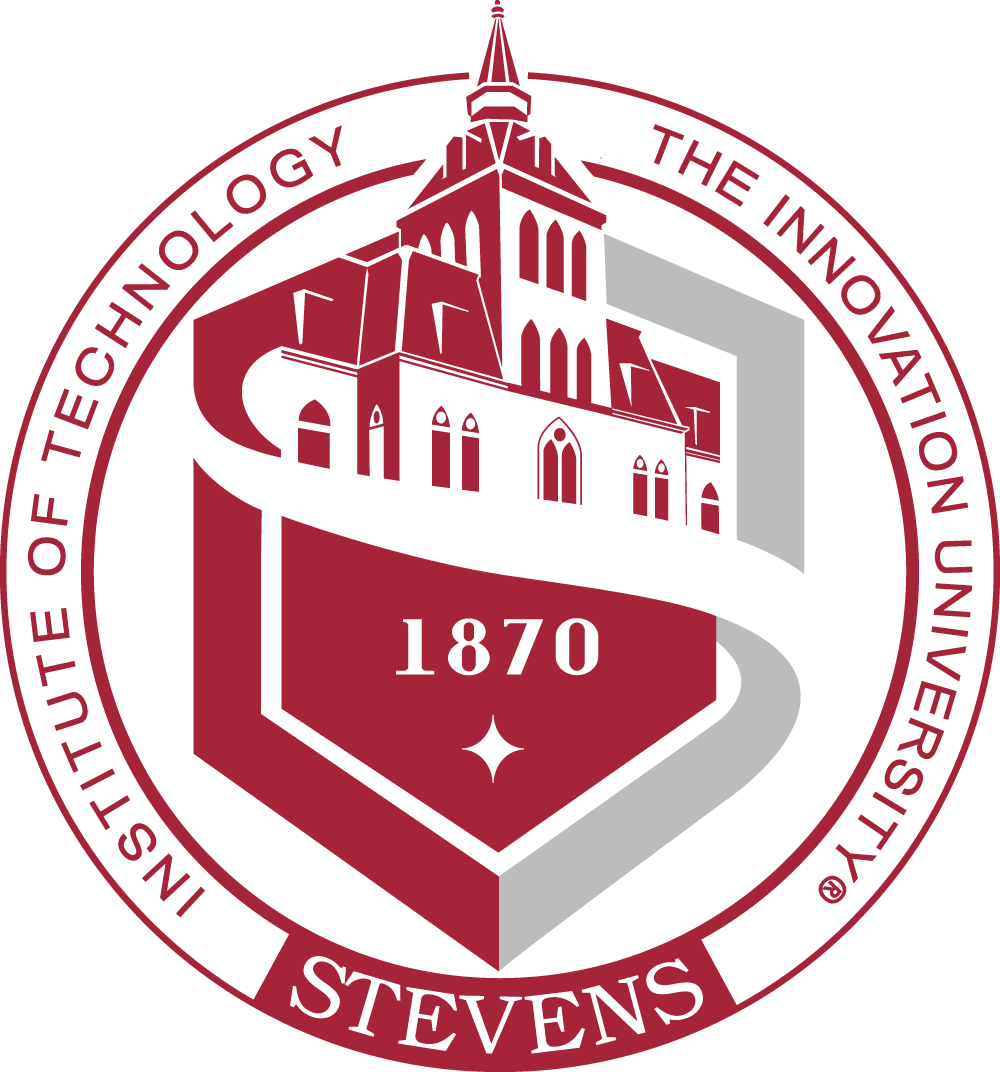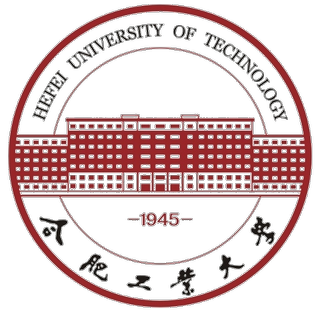
 School of Electrical and Automation Engineering, Nanjing Normal University
School of Electrical and Automation Engineering, Nanjing Normal UniversityJun Chen is an assistant professor in the School of Electrical and Automation Engineering at Nanjing Normal University, Nanjing, China ("Project 211", China rank 52). His research interests include robotics, multi-robot systems, sensor-based planning, and intelligent systems. He is a member of IEEE and the Chinese Society of Automation.
Warning
Problem: The current name of your GitHub Pages repository ("Solution: Please consider renaming the repository to "
http://".
However, if the current repository name is intended, you can ignore this message by removing "{% include widgets/debug_repo_name.html %}" in index.html.
Action required
Problem: The current root path of this site is "baseurl ("_config.yml.
Solution: Please set the
baseurl in _config.yml to "Education
-
 King Abdullah University of Science and Technology, Thuwal, Saudi ArabiaRobotics, Intelligent Systems, and Control (RISC) Lab
King Abdullah University of Science and Technology, Thuwal, Saudi ArabiaRobotics, Intelligent Systems, and Control (RISC) Lab
Postdoctoral fellow (advisor Shinkyu Park)Dec. 2021 - Jul. 2023 -
 Temple University, Philadelphia, PA, USATemple Robotics and Artificial Intelligence Lab (TRAIL) Ph.D. in Mechanical Engineering (advisor Philip Dames)Aug. 2017 - Aug. 2021
Temple University, Philadelphia, PA, USATemple Robotics and Artificial Intelligence Lab (TRAIL) Ph.D. in Mechanical Engineering (advisor Philip Dames)Aug. 2017 - Aug. 2021 -
 Stevens Institute of Technology, Hoboken, NJ, USAM.S. in Electrical Engineering (advisor Yi Guo)Jan. 2016 - May 2017
Stevens Institute of Technology, Hoboken, NJ, USAM.S. in Electrical Engineering (advisor Yi Guo)Jan. 2016 - May 2017 -
 Hefei University of Technology, Hefei, ChinaB.Eng in Measurement and Control Technology and InstrumentationSep. 2011 - Jul. 2015
Hefei University of Technology, Hefei, ChinaB.Eng in Measurement and Control Technology and InstrumentationSep. 2011 - Jul. 2015
News
Selected Publications (view all )
Effective Tracking of Unknown Clustered Targets using a Distributed Team of Mobile Robots
Jun Chen, Philip Dames#, Shinkyu Park (# corresponding author)
Autonomous Robots 2025
This paper develops a novel distributed multi-robot multi-target tracking algorithm to effectively search for and track clustered targets
Effective Tracking of Unknown Clustered Targets using a Distributed Team of Mobile Robots
Jun Chen, Philip Dames#, Shinkyu Park (# corresponding author)
Autonomous Robots 2025
This paper develops a novel distributed multi-robot multi-target tracking algorithm to effectively search for and track clustered targets
Distributed Multi-Robot Multi-Target Tracking Using Heterogeneous Limited-Range Sensors
Jun Chen#, Mohammed Abugurain, Philip Dames, Shinkyu Park (# corresponding author)
IEEE Transactions on Robotics 2025
This paper presents a cooperative multi-robot multi-target search and tracking framework aimed at enhancing the efficiency of the heterogeneous sensor network and, consequently, improving overall target tracking accuracy
Distributed Multi-Robot Multi-Target Tracking Using Heterogeneous Limited-Range Sensors
Jun Chen#, Mohammed Abugurain, Philip Dames, Shinkyu Park (# corresponding author)
IEEE Transactions on Robotics 2025
This paper presents a cooperative multi-robot multi-target search and tracking framework aimed at enhancing the efficiency of the heterogeneous sensor network and, consequently, improving overall target tracking accuracy
The Convex Uncertain Voronoi Diagram for Safe Multi-Robot Multi-Target Tracking Under Localization Uncertainty
Jun Chen, Philip Dames# (# corresponding author)
Journal of Intelligent & Robotic Systems 2023
In this paper, we introduce the convex uncertain Voronoi (CUV) diagram, a generalization of the standard Voronoi diagram that accounts for the uncertain pose of each individual robot. We then use the CUV diagram to develop distributed multi-target tracking and coverage control algorithms that enable teams of mobile robots to account for bounded uncertainty in the location of each robot.
The Convex Uncertain Voronoi Diagram for Safe Multi-Robot Multi-Target Tracking Under Localization Uncertainty
Jun Chen, Philip Dames# (# corresponding author)
Journal of Intelligent & Robotic Systems 2023
In this paper, we introduce the convex uncertain Voronoi (CUV) diagram, a generalization of the standard Voronoi diagram that accounts for the uncertain pose of each individual robot. We then use the CUV diagram to develop distributed multi-target tracking and coverage control algorithms that enable teams of mobile robots to account for bounded uncertainty in the location of each robot.
The semantic PHD filter for multi-class target tracking: From theory to practice
Jun Chen, Zhanteng Xie, Philip Dames# (# corresponding author)
Robotics and Autonomous Systems 2022
In this paper we introduce the semantic probability hypothesis density (SPHD) filter, which allows robots to simultaneously track multiple classes of targets despite measurement uncertainty.
The semantic PHD filter for multi-class target tracking: From theory to practice
Jun Chen, Zhanteng Xie, Philip Dames# (# corresponding author)
Robotics and Autonomous Systems 2022
In this paper we introduce the semantic probability hypothesis density (SPHD) filter, which allows robots to simultaneously track multiple classes of targets despite measurement uncertainty.
Distributed Multi-Target Tracking for Heterogeneous Mobile Sensing Networks with Limited Field of Views
Jun Chen, Philip Dames# (# corresponding author)
2021 IEEE International Conference on Robotics and Automation (ICRA) 2021
This paper introduces the normalized unused sensing capacity to measure the amount of information that a sensor is currently gathering relative to its theoretical maximum. This is then used to develop a distributed coverage control strategy for a team of heterogeneous sensors that automatically balances the load based on the current unused capacity of each team member.
Distributed Multi-Target Tracking for Heterogeneous Mobile Sensing Networks with Limited Field of Views
Jun Chen, Philip Dames# (# corresponding author)
2021 IEEE International Conference on Robotics and Automation (ICRA) 2021
This paper introduces the normalized unused sensing capacity to measure the amount of information that a sensor is currently gathering relative to its theoretical maximum. This is then used to develop a distributed coverage control strategy for a team of heterogeneous sensors that automatically balances the load based on the current unused capacity of each team member.
Collision-Free Distributed Multi-Target Tracking Using Teams of Mobile Robots with Localization Uncertainty
Jun Chen, Philip Dames# (# corresponding author)
2020 IEEE/RSJ International Conference on Intelligent Robots and Systems (IROS) 2020
In this paper we address this problem by introducing four new distributed algorithms that allow large teams of robots to: i) run the prediction and ii) update steps of a distributed recursive Bayesian multi- target tracker, iii) determine the set of local neighbors that must exchange data, and iv) exchange data in a consistent manner.
Collision-Free Distributed Multi-Target Tracking Using Teams of Mobile Robots with Localization Uncertainty
Jun Chen, Philip Dames# (# corresponding author)
2020 IEEE/RSJ International Conference on Intelligent Robots and Systems (IROS) 2020
In this paper we address this problem by introducing four new distributed algorithms that allow large teams of robots to: i) run the prediction and ii) update steps of a distributed recursive Bayesian multi- target tracker, iii) determine the set of local neighbors that must exchange data, and iv) exchange data in a consistent manner.